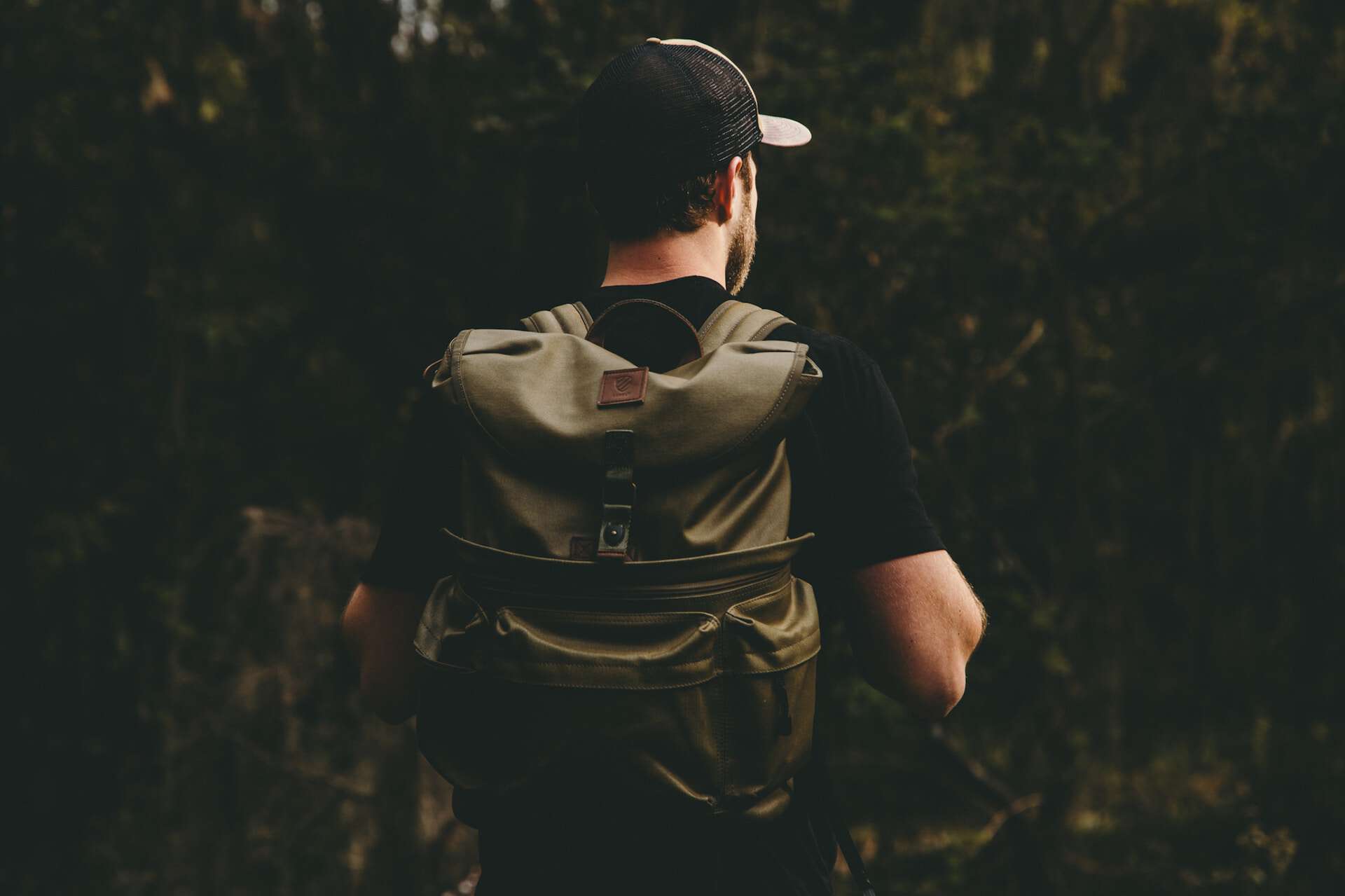
"Tips for not getting hypothermia when climbing mountains."
Generally, Hypothermia does not come suddenly and directly result in death. There were also climbers who were attacked by hypothermia and were rescued. The climbers must recognize the symptoms, so it won’t get worse and fatal. Hypothermia symptoms include not stopping shivering, hallucination, vomiting, speech slurred, gray skin, weakened heart rate, and decreased blood pressure.
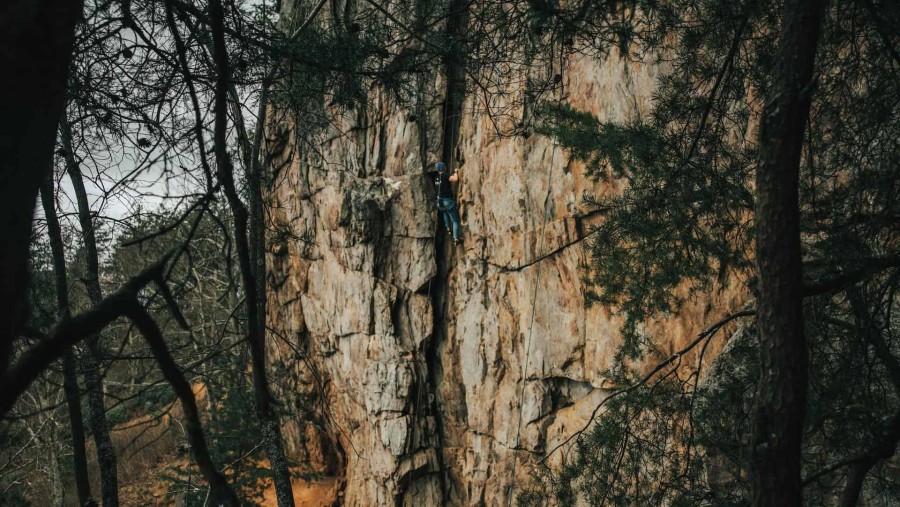
Photo by Andrew Shelley on Unsplash
According to a senior mountaineer from Mapala UI as well as the famous Indonesian rock climber, Adi Seno, hypothermia attacks do not only occur in iceberg climbers. Hypothermia can also attack climbers who climb mountains in tropical regions such as Indonesia. But you need to know, that hypothermia does not only occur due to ambient temperature and altitude but also the climber body temperature.
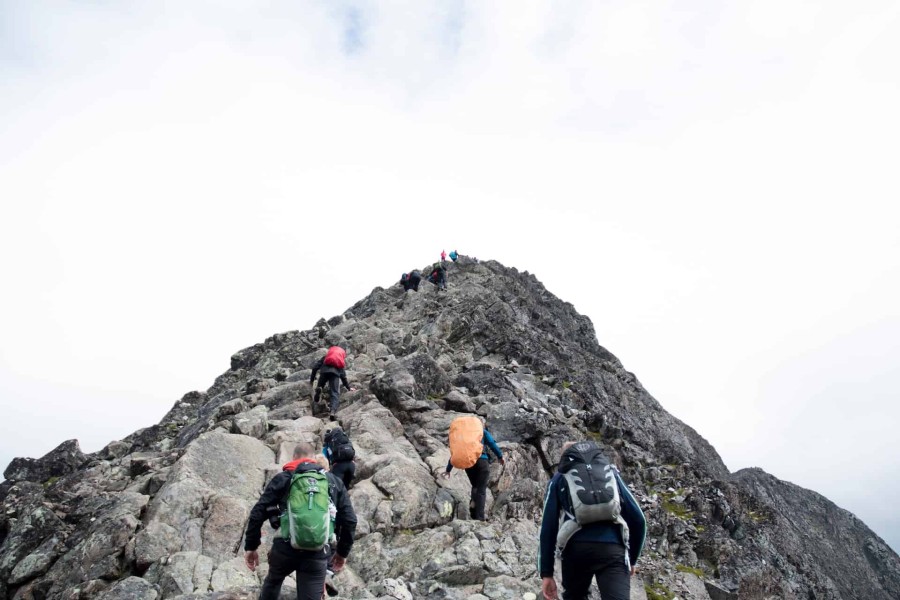
Photo by Mathias Jensen on Unsplash
Lack of food supply is also a factor in the occurrences of severe hypothermia. Even though you are enjoying climbing and enjoying the beauty of nature, climbers should not forget to keep their food supply so they won’t get tired easily and prevent hypothermia.
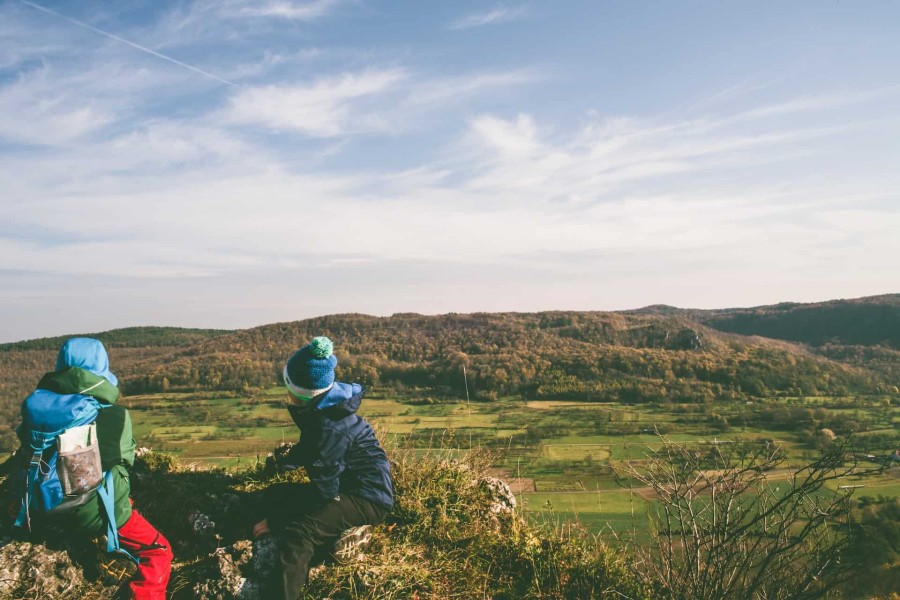
Photo by Markus Spiske on Unsplash
Climbing using wet clothes can also cause hypothermia. Adi added, that if hypothermia symptoms occur, climbers are advised to change their clothes with clean and dry clothes. After that, immediately rest in a sleeping bag to warm their body. Although it seems simple, these things are actually very important to avoid more severe hypothermia attacks.
Another equally important factor that also causes fatal hypothermia is the lack of preparation. Normally, climbers learn first the terrain to be traversed and check the weather conditions to know what equipment they have to carry.
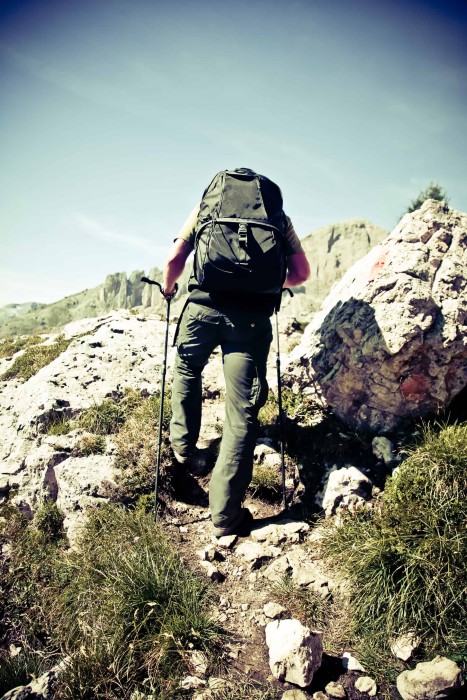
Photo by Markus Spiske on Unsplash














